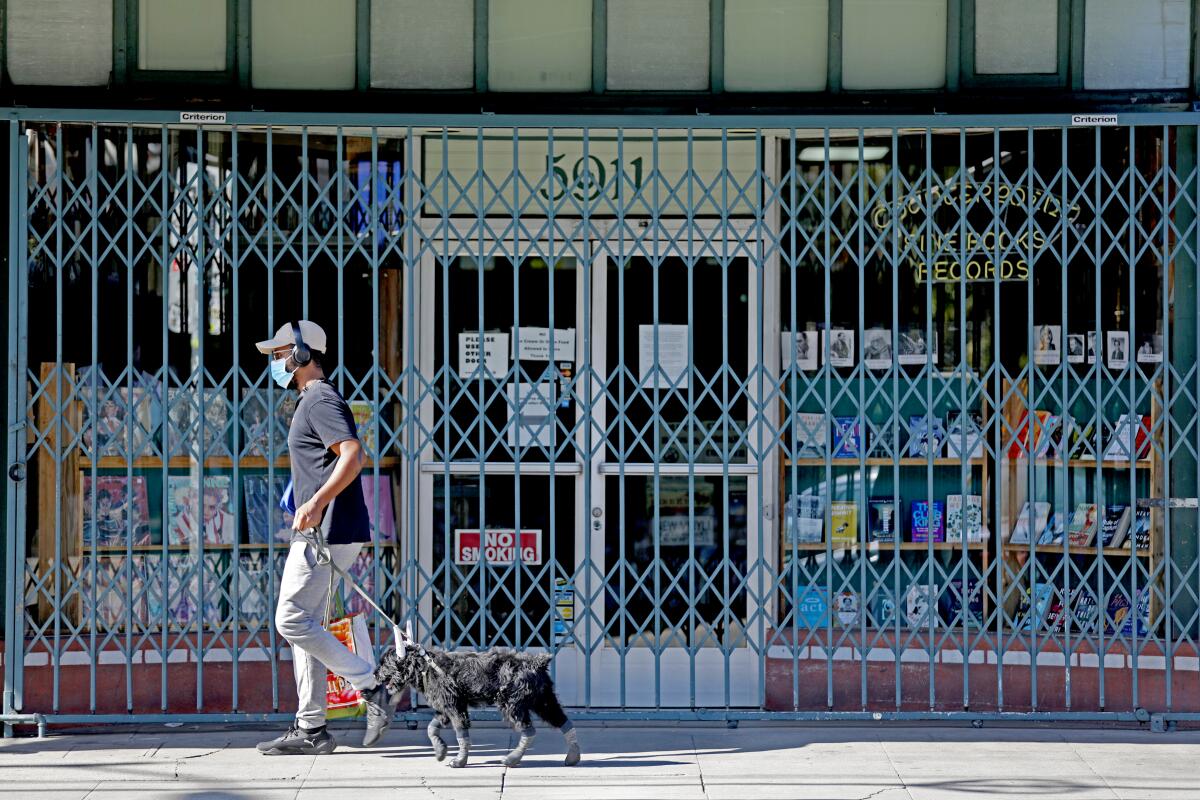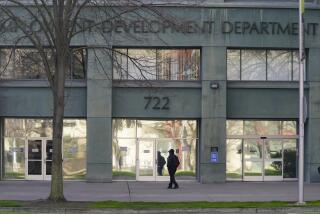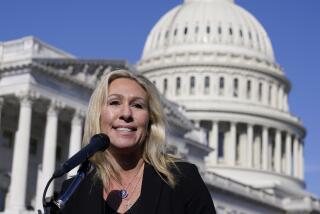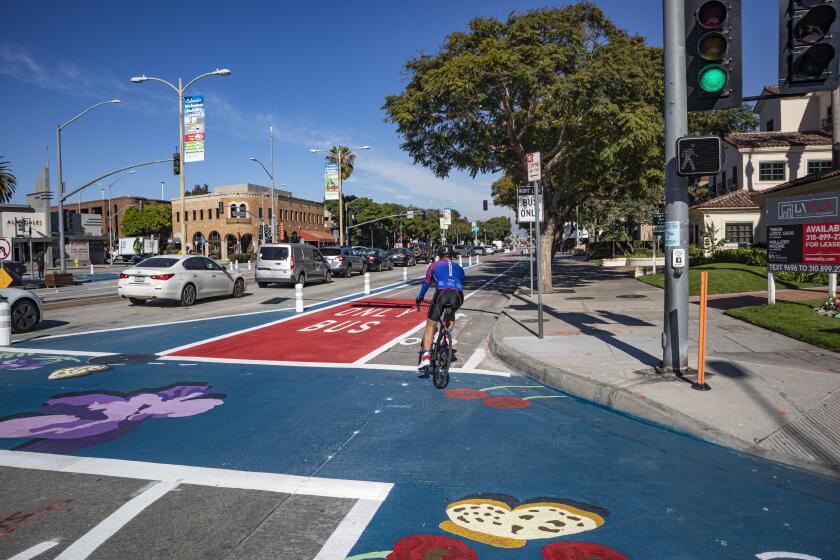Editorial: Kanye got a PPP loan. So what? Businesses are failing and the program can still help

- Share via
The Treasury Department finally revealed this week how it doled out $521 billion in federal relief loans to small businesses. And predictably, there was some outrage over the well-heeled and well-connected companies on the list of borrowers.
Among the recipients of forgivable loans worth $150,000 or more were companies that politicians had a stake in, including wineries backed by Rep. Devin Nunes and Gov. Gavin Newsom’s winery and hotel business; companies owned by wealthy celebrities, such as Kanye West’s clothing line, Yeezy, and Robert DeNiro’s restaurant chain; and at least one business owned by a foreign government: a Beverly Hills hotel owned by the sultan of Brunei through the Brunei Investment Agency, an arm of the Brunei government.
Loans also went to businesses that are tenants in Trump properties, which could indirectly benefit the president, and a slew of politically connected lobbyists, lawyers and consultants — although the money was doled out in a bipartisan fashion, going to Democratic and Republican spin masters alike.
In short, the long list of loan recipients is sure to include names and companies that infuriate people across the political and cultural spectrum.
But it would be a mistake to dismiss the value of the Paycheck Protection Program based on such a cursory glance at the big-name beneficiaries. The program, which is the first of its kind in the U.S., was designed to get money into business owners’ hands as quickly as possible so they could keep the lights on and their employees on the payroll and avoid the economic pain of mass layoffs and business collapse.
It has done that, supporting 51 million jobs through nearly 4.9 million loans, according to figures released by the Small Business Administration. What is hasn’t done is reach many of the very small businesses that needed help the most, or provided a clear way to survive the mess we’ve found ourselves in.
It’s worth noting that about three-quarters of the PPP money has gone to only 15% of the applicants. The rest of the recipients, whom the administration did not identify, received an average loan of less than $35,000.
Under the program, businesses with 500 or fewer employees could apply to banks and other lenders for loans in amounts tied to the size of their payrolls. If they use most of the money to pay workers, the principal will be forgiven; otherwise, they’ll have to pay the loans back at 1% interest. The idea was to give companies an incentive to keep workers on the payroll even if the pandemic caused their sales to plummet, on the assumption that the coronavirus would soon be brought under control and the downturn would be brief.
The raw numbers released by the SBA seem impressive, but they tell an incomplete story. In California, the loans supported an estimated 6.5 million jobs, which is roughly 37% of the total jobs in the state before the pandemic. It’s too early to tell if the PPP loans actually saved all those jobs, though. Some companies that received the loans may still lay off employees as the pandemic drags on and the state reimposes restrictions.
Congress has already tried to address that uncertainty, tripling the amount of time that businesses were given to spend their PPP loans. They now have almost six months, allowing them to bring back workers more gradually. A more fundamental problem, though, is that the program is a one-size-fits-all effort that throws hurdles in the path of very small businesses — particularly Black- and Latino-owned ventures — that don’t have relationships with banks, have a tough time obtaining credit and need technical assistance to navigate the paperwork involved.
The hurdles are particularly high for sole proprietors and other businesses with no employees, which account for more than 9 out of 10 Black- and Latino-owned businesses, according to the Center for Responsible Lending. The program simply isn’t structured in a way that can help them. That’s one reason why all those well-heeled and well-connected businesses were able to tap the program; they had the means to hire the experts to navigate the cumbersome process. Meanwhile, the financial incentives in the program encourage banks to make big loans, not small ones. And the administration hasn’t lived up to the requirements Congress laid out for giving underserved markets priority and for collecting demographic data to measure how well the PPP was serving those markets.
The mission of the PPP is an important one, and its problems are fixable. Roughly $130 billion of the $660 billion allocated for the program remains available for lending. Congress should take one more stab at redirecting the program and the money toward the truly small businesses that need the most help.
More to Read
A cure for the common opinion
Get thought-provoking perspectives with our weekly newsletter.
You may occasionally receive promotional content from the Los Angeles Times.










